What is it that makes Rome such a special place? Famous for history, architecture, and well-known visitor attractions such as the Vatican and the Colosseum, it’s the uniqueness of the different neighborhoods that make Rome such an enchanting city.
Rome’s Districts
Each neighborhood is distinct in style, an individual village within the city, unique from a historic, cultural, and social perspective.
Known as ‘rioni’, Rome’s historical districts date back to Ancient Roman times. According to tradition, the Sixth King of Rome, Servius Tullius divided the city into four regions. As the city grew, so did the number of rioni. Over the years and under the rule of different leaders, the number of areas increased and today Rome has twenty-two quite distinct areas.
The dominant feature of an area often influenced the neighborhood’s name. In 1743 under Pope Benedict XIV’s rule, the city was divided into fourteen rioni. Two hundred and twenty marble plaques with the names of the boundaries were installed in the streets across the city. Many were removed at a later date when districts were reorganized again, however some still remain. Today if you look up at some of the older buildings, you may well glimpse one of these original marble plaques.
Popular Neighborhoods
Most visitors will explore the ‘must visit’ areas such as the Vatican City and the historical center (Centro Storico). However, there is so much more to Rome than the popular tourist spots. The heart of ancient Rome leads to other intriguing secret courtyards and windy cobbled streets revealing ivy-covered buildings, hidden gems, and an insight into past and present Rome.
The area representing ancient Rome appeals to those looking to explore and understand Rome’s architecture, ancient ruins, and Roman history. A tour with one of our experienced tour guides will provide an insight into ancient Rome. Our tours start at the magnificent Colosseum, also taking in the Roman Forum, and Capitoline Hill. We also have a variety of tours focusing on other important landmarks such as Piazza Venezia, Trevi Fountain, the Pantheon, and Piazza Navona.
Worth A Visit
Trastevere whose name means ‘across the Tiber’ is located just across the city next to the River Tiber. In times gone by, it was predominantly inhabited by fishermen wanting to be close to the river, now you’re more likely to find visitors, celebrities, and artists frequenting the many bars and excellent local restaurants. Narrow cobbled alleys give this area a unique and charming atmosphere. With over 900 churches across the city, you will find several in Trastevere, including one of the oldest in Rome, dating back to the 3rd century, the Basilica di Santa Maria in Trastevere, and the notable Church of Santa Cecilia. Both well worth a visit.
The Jewish Ghetto, located close to Trastevere and a stone’s throw from the center of Rome, features Europe’s oldest surviving Jewish communities, an ancient synagogue, museum, and kosher bakeries. Several Jewish-Roman restaurants can also be found in the Ghetto, serving traditional culinary delights such as ‘carciofo alla giudia’ (Jewish-style artichoke). Walled off as a residential area in the 16th century, the area is compact and easy to explore, featuring wonderful examples of Renaissance and Medieval architecture.
Monti has increased in popularity in recent years. Located close to the Colosseum and many of the ancient Roman attractions in the city, it has a slightly bohemian feel, with vintage and alternative clothes shops, alfresco cafes, small independent eateries, ivy-covered houses, street food, and trendy bars. The Piazza della Madonna dei Monti with its Renaissance-style fountain taking center stage is a popular place for visitors and locals to hang out and watch the world go by.
To learn more about Rome’s neighborhoods and find the best places to visit, check out all our tours. Our experienced tour guides have so much knowledge about Rome and love sharing their insights and stories of ancient Rome with all our visitors.

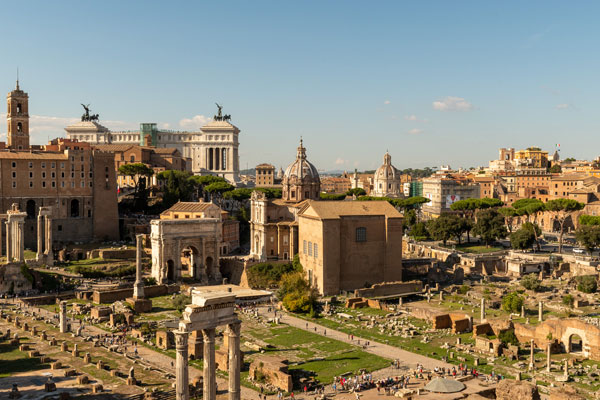

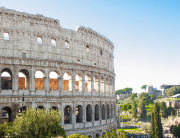
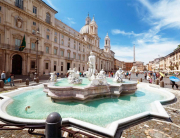
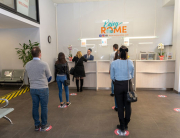
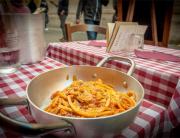
Recent Comments